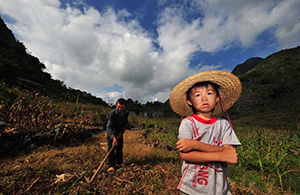毒跑道(dú pǎodào): Toxic running tracks
(China Daily) Updated: 2016-06-15 10:25Running tracks in schools have been in the news again, after students in several provinces and regions reportedly suffered nose bleeds, coughs, skin allergies and repeated fever that their parents blamed on the schools' running tracks or playgrounds.
After students at Beijing No 2 Experimental Primary School reportedly fell ill earlier this month, the local authorities invited a professional organization to test the toxicity of the materials used for the playground. The test results found the materials met the national standards. The test results of the playgrounds and running tracks in other schools nationwide also show the materials used met the national standards.
This has led to calls for the standards to be reviewed and possibly raised. Experts said that current national standards were drafted in 2004, and they were recommended rather than compulsory.
Currently there are no compulsory standards for the materials used in school playgrounds and running tracks.
In addition, because the current national standards are not compulsory, it is difficult to implement quality control during the process of production, bidding and construction.
The toxic scares in schools should remind us that the current national standards are too low to guarantee the safety and health of students, and they therefore need improving.

I’ve lived in China for quite a considerable time including my graduate school years, travelled and worked in a few cities and still choose my destination taking into consideration the density of smog or PM2.5 particulate matter in the region.











